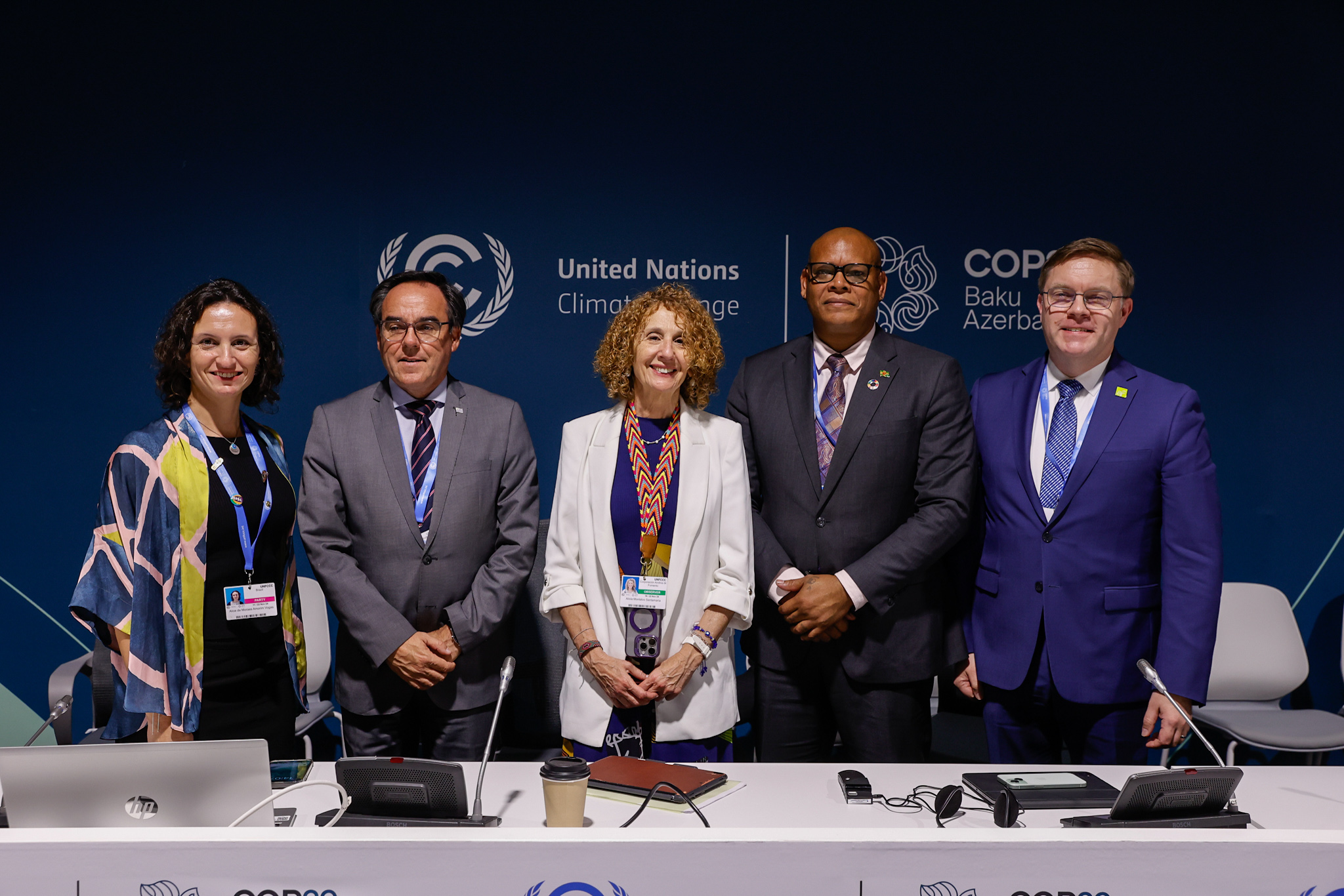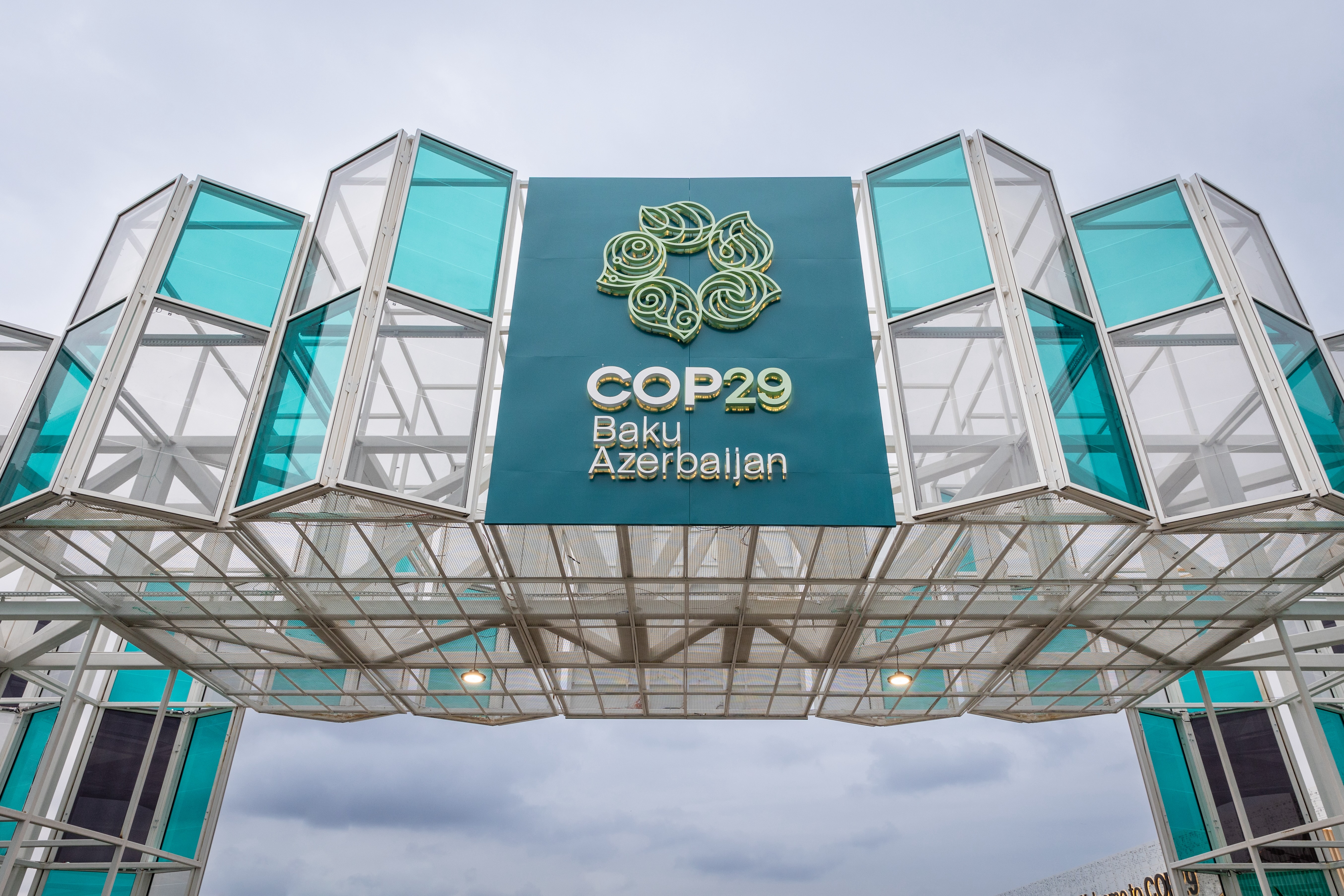
Dos guías de estudio para mejorar la infraestructura educativa en América Latina
14 million children and young people in the region still remain outside the school system. 40% of basic education schools in Latin America lack libraries; 90% do not have science labs, and 60% do not have computer rooms or internet connection.
In Latin America and the Caribbean, education presents considerable challenges on various fronts, but one of the most critical is the lack of an optimal infrastructure that promotes teaching and fosters school inclusion for more than 14 million children and adolescents who they lack access to education, according to UNICEF figures from earlier this year.
Against this background, CAF -development bank of Latin America- has launched within the framework of its educational agenda two guides for the formulation and design of school infrastructure in the region , which were presented in the virtual workshop "From educational policy to school construction" and aim to be a tool that guides, organizes and facilitates the creation of a new foundation that improves the quality of learning and ensures greater equal opportunities for children in Latin America.
“In Latin America, even before the pandemic, we have a significant challenge when we know that 40% of our young people in secondary education drop out or do not finish. To say that we have achieved universal access in basic and secondary education should not conform us. There are many challenges to ensure that many children between 3 and 4 years old who are not in school, as well as young people in secondary school, can access educational systems and a relevant infrastructure that encourages learning ", pointed Julián Suárez, vice president of Sustainable Development at CAF.
The guides, prepared by the architects Gustavo Mossayebeh and Andrea Bardone with the support of CAF, highlight two major themes: the formulation of projects and the infrastructure design . The first document addresses the needs related to geographic location, project eligibility and intervention strategy approach, looking for an appropriate terrain and analyzing different alternatives, until implementation. The second document points to regional experiences in terms of innovative designs, addressing the specific conditions of the environment such as the terrain and the regulatory framework that regulates the designs and the incorporation of new spaces in schools, also considering the life cycle of buildings and alternative uses of school spaces.
In this line, Alberto Treves, an expert in educational infrastructure, points to the relevance of buildings as the material support of educational institutions and where the guides should serve as instruments that allow understanding and acting on the common deficiencies that prevail in the region. " Before infrastructure planning, there has to be social, economic and territorial planning, and we as countries have to look for that reference."
This is added to various studies that suggest that better facilities and services create more conducive environments for better learning. Factors such as air conditioning, occupancy density, acoustics and even colors, have an impact on the results of the students. Therefore, infrastructure acquires a crucial role within the teaching and learning process.
The challenge of reducing the educational gaps in the region is a priority issue in the Educational Agenda of CAF and one of the main axes is the construction, expansion and rehabilitation of educational infrastructure, as well as the strengthening of environments that promote learning, especially for the poorest populations, seeking that Latin American boys and girls have an inclusive, adequate and accessible education.
For this reason, within the portfolio of projects, interventions in Argentina for USD 385 million stand out for various projects aimed at expanding access to primary, secondary and university levels, in Ecuador for USD 176 million to support the “New Educational Infrastructure Program ”, In Panama for USD100 million to support the“ Program for the Expansion and Modernization of Educational Infrastructure ”, in Brazil, Municipality of Fortaleza for USD 92 million for the construction of schools at the early childhood and basic cycle level and in Uruguay for USD 50 million to co-finance educational infrastructure projects from nursery schools to high school.
Lo más reciente de CAF

COP29: CAF presenta sus acciones de adaptación al cambio climático
CAF -banco de desarrollo de América Latina y el Caribe- presentó en la COP29 de Bakú los avances de sus iniciativas de adaptación al cambio climático, que cuentan con una financiación anual de más USD 2.000 y que contribuyen a reducir los riesgos ante desastres naturales, a mejorar la resiliencia de las infraestructuras y a promover la seguridad hídrica, entre otros.
CAF alcanzará el 35% de financiamiento verde en 2024
Durante la COP29 de Bakú, Azerbaiyán, CAF anunció que el 35% de su financiamiento en 2024 se destinará a iniciativas que promueven la protección de la biodiversidad, la preservación de ecosistemas estratégicos y la adaptación y mitigación al cambio climático. Este logro se enmarca en el compromiso de la institución de convertirse en el banco verde de la región y de dedicar el 40% de su financiamiento a iniciativas ambientales y de sostenibilidad al 2026.